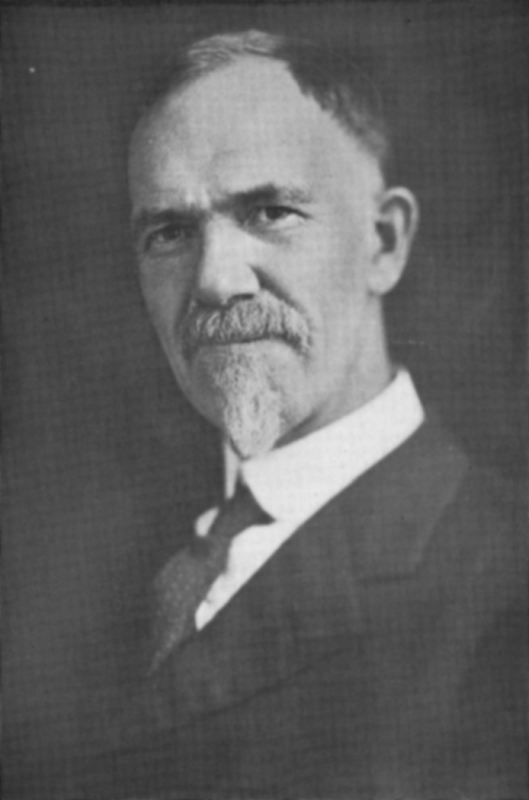Controlling Heredity
Charles Davenport and the Eugenics Record Office
The heart of the world eugenics movement relocated to the United States from Europe in the first three decades of the twentieth century. This is well demonstrated by the three International Eugenics Congresses (1911, 1922, and 1932). The first Congress was held in London and was dominated by Karl Pearson’s adherents. After the Great War the International Eugenics Congresses, moved to New York City and were held at the American Museum of Natural History.
A dedicated group of American sociologists, economists, physicians, scientists, and activists provided the intellectual momentum to institutionalize and organize the American eugenics movement. American believers such as Charles Davenport courted and convinced the rich to support the study and control of increasing human "degeneracy."
The Eugenics Record Office and its publication Eugenical News provided the structure and the voice to popularize and promote eugenics among the American public.
Davenport’s leadership, combined with his connections to great early American fortunes and his recruitment of Harry Laughlin as the Superintendent of the Eugenics Record Office at Cold Spring Harbor, made the American eugenics crusade a formidable social movement.
The majority of resources of the Eugenics Record Office and the American eugenics movement were focused on two campaigns: restriction of the immigration of the "unfit" into the United States and the forced sterilization of "degenerates" who were American citizens. Both of these campaigns were quite successful. In the 1920s, immigration to the United States was sharply curtailed. Sterilization of the "eugenically unfit" resulted in the passage of numerous state statutes and the sterilization of over 60,000 American citizens.
As the wave of new adherents to the eugenic cause increased, the movement took on an almost religious or spiritual character. Charles Davenport, Director of the Eugenics Record Office, came to realize the need for a canon or dogma for the movement and developed the Eugenics Creed. The creed underwent some minor modifications over time, but it remained the central doctrine of the eugenics crusade.
Eugenics Creed
- I believe in striving to raise the human race to the highest plane of social organization, of cooperative work and of effective endeavor.
- I believe that I am the trustee of the germ plasm that I carry; that this has been passed on to me through thousands of generations before me; and that I betray the trust if (that germ plasm being good) I so act as to jeopardize it, with its excellent possibilities, or, from motives of personal convenience, to unduly limit offspring.
- I believe that, having made our choice in marriage carefully, we, the married pair, should seek to have 4 to 6 children in order that our carefully selected germ plasm shall be reproduced in adequate degree and that this preferred stock shall not be swamped by that less carefully selected.
- I believe in such a selection of immigrants as shall not tend to adulterate our national germ plasm with socially unfit traits.
- I believe in repressing my instincts when to follow them would injure the next generation.
